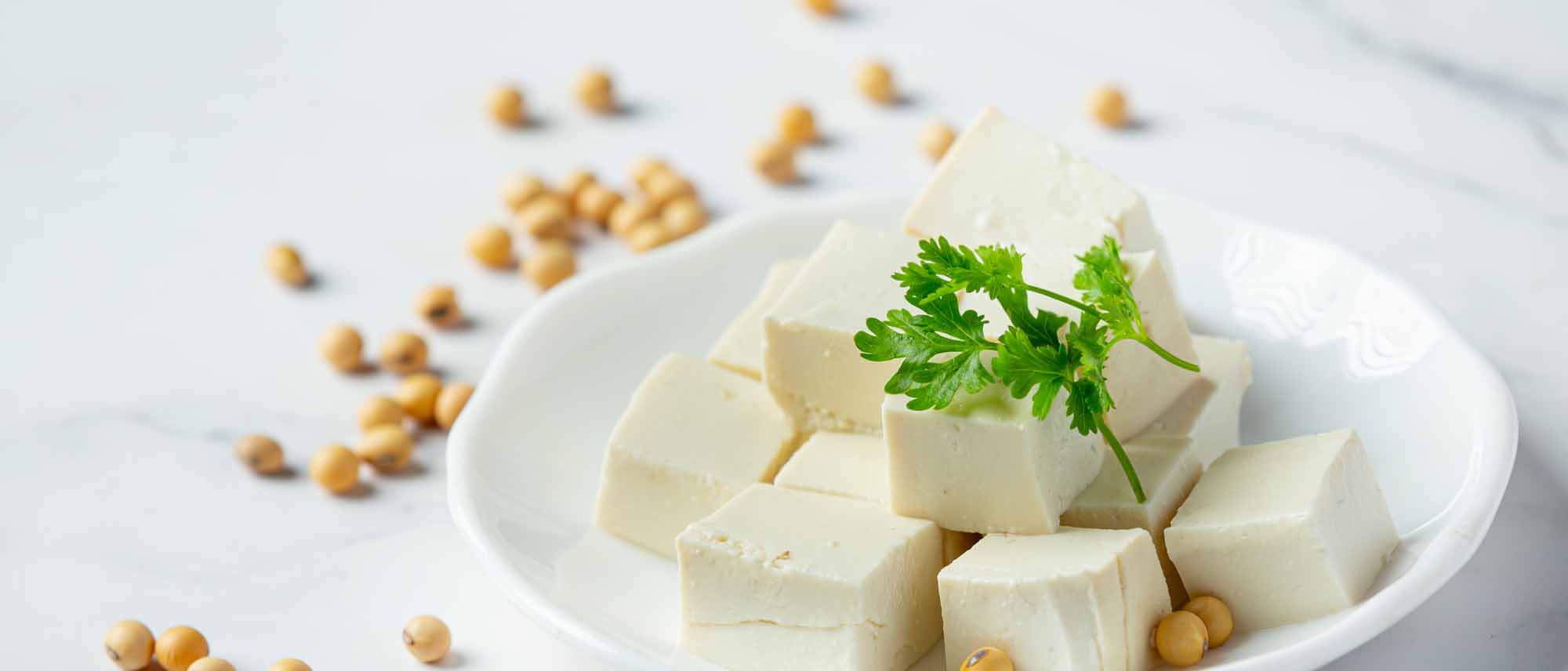Paneer is loved across India. From rich curries to street food snacks, it holds a special place in our meals. However, the paneer controversy in India has recently created confusion and fear among consumers.
Numerous reports have revealed that fake paneer, often made using harmful chemicals, is being sold in the market disguised as real dairy paneer. As a result, people are now questioning what they’re eating and how safe it really is.
In this blog, we explore the issue of fake vs real paneer, the health risks involved, and practical ways to identify authentic paneer at home.
What Is Fake Paneer and Why Is It a Problem?
Fake paneer is an adulterated version of real paneer. It is usually created using substances like:
- Synthetic milk
- Washing powder or detergent
- Starch and refined oil
- Urea or caustic soda
Although it may look similar to real paneer, it lacks nutritional value. Moreover, it can pose serious health hazards if consumed regularly.
Health Dangers of Consuming Fake Paneer
Consuming fake paneer regularly may lead to several health issues. For example:
- Stomach infections and food poisoning
- Vomiting and nausea
- Liver or kidney damage due to chemicals like urea
- Digestive disorders
- Weakened immune system
In fact, young children, older adults, and individuals with compromised immunity may be especially vulnerable to these harmful effects. Therefore, it is essential to be cautious while purchasing paneer from the market.
Real vs Fake Paneer: How to Identify It at Home
Worried about what you’re buying? Fortunately, you can try these simple tests to check if your paneer is real.
Boiling Test
Boil a small piece of paneer.
Real paneer remains intact and slightly firm. Fake paneer, on the other hand, becomes rubbery or melts into the water.
Smell and Taste
Real paneer smells fresh and milky. Conversely, fake paneer may have a soapy or chemical smell.
Rubbing Test
Rub paneer between your fingers. If it feels greasy or leaves a soapy texture, it’s likely fake.
Starch Test (Iodine Method)
Add a few drops of iodine to a piece of paneer. If it turns blue-black, starch is present, and the paneer is fake.
Is Paneer Still Safe to Eat?
Yes, genuine paneer can be a safe, healthy, and highly nutritious food choice for many people. It provides:
- High-quality protein
- Calcium for bone health
- Good fats for energy
- Vitamin B12, especially useful for vegetarians
However, to ensure you’re eating safe paneer:
- Always buy from reputed brands or certified dairy outlets
- Avoid paneer sold at unusually low prices
- Check the texture and smell before using
- Prefer making paneer at home
How to Make Fresh Paneer at Home
Here’s a quick and easy method to make pure, chemical-free paneer at home:
- Boil 1 litre of full cream milk.
- Add 2 tablespoons of lemon juice or vinegar.
- When the milk curdles, strain it using a muslin cloth.
- Press the solids and refrigerate for 1 hour.
As a result, you get fresh, healthy paneer that’s both safe and delicious.
The paneer controversy in India highlights a growing problem of food adulteration. While fake paneer is a real threat, staying informed can help you make better choices. Moreover, real paneer continues to be one of the most nutritious vegetarian foods — just make sure it’s pure and safe.


